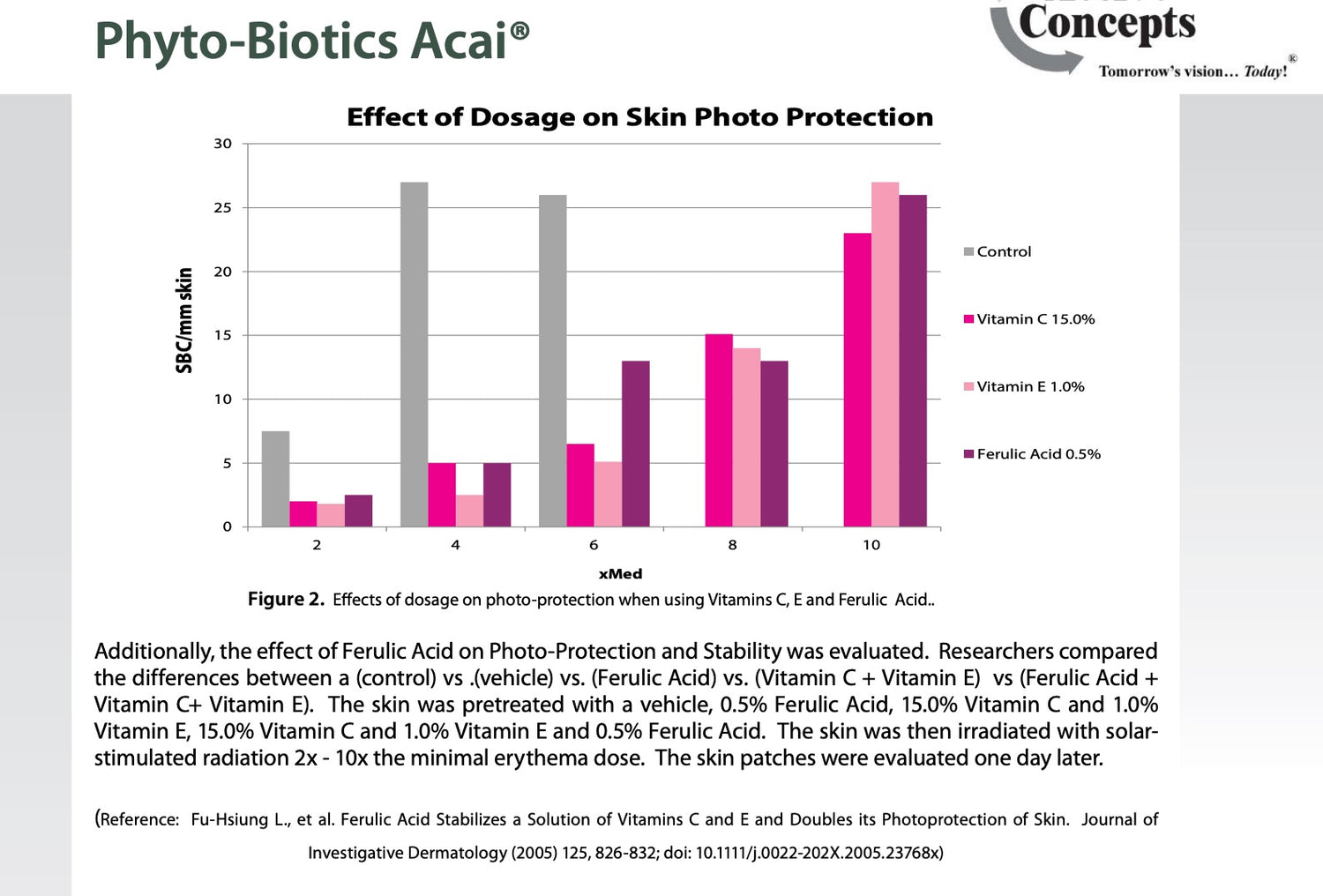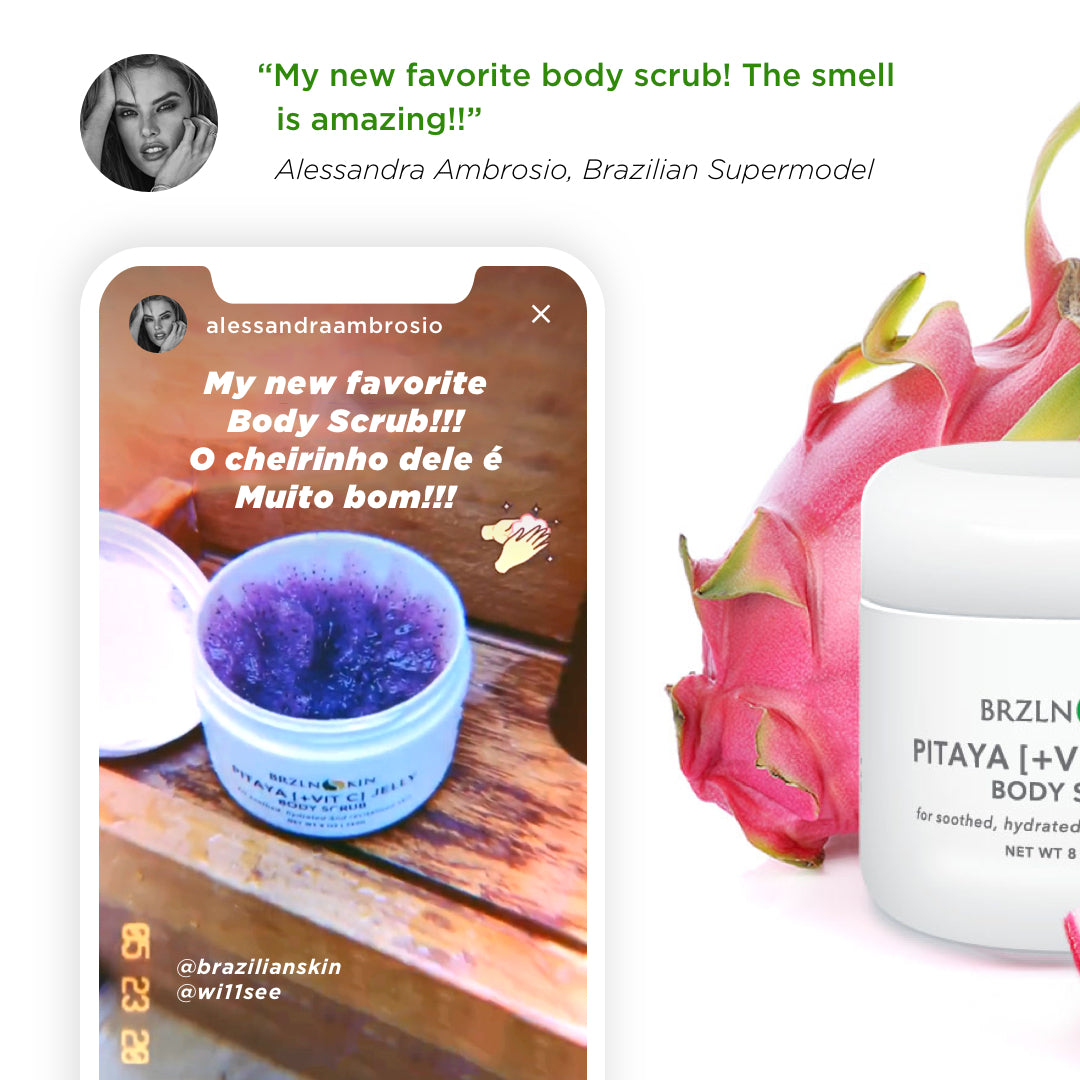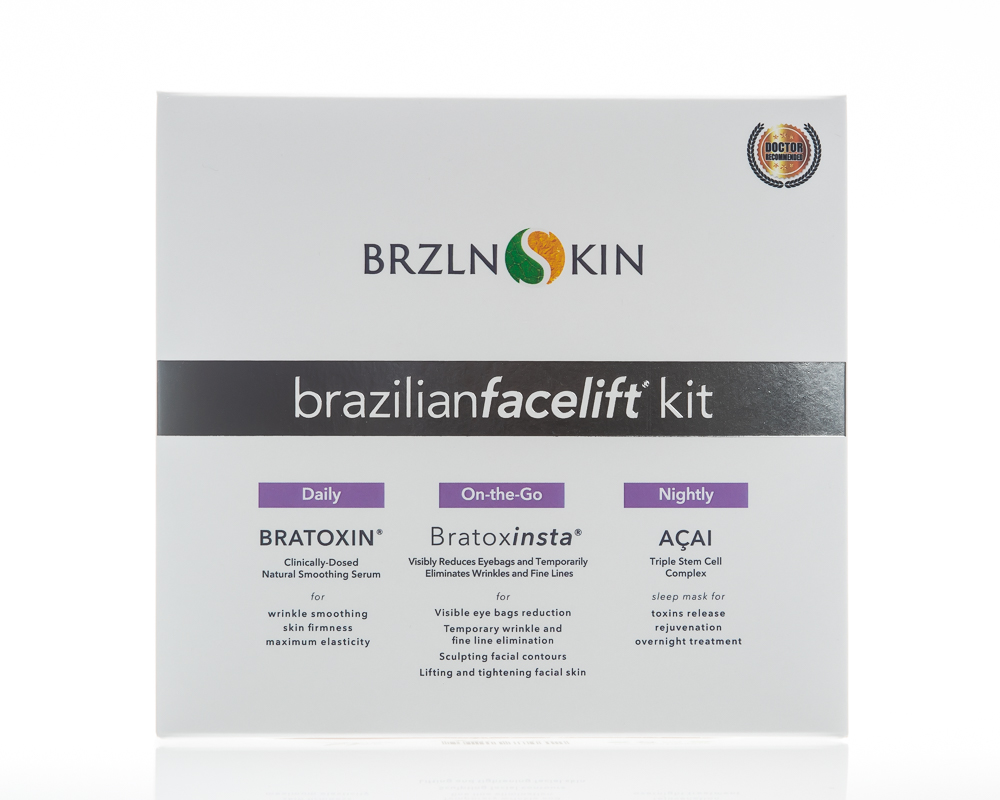“Having some work done” used to be something people would whisper scornfully about to one another. Someone who risked their “natural” appearance with an injection here or a lift there was dubbed irredeemably vain. Only celebrities had reason to try to cling to their youth, and even then, their fans would feel betrayed by their willingness to compromise their body for the sake of a paycheck. Meanwhile, critical observers would smugly announce that of course the celebrity beauty seen on-screen and in editorials wasn’t real.
Now those same critics seem woefully out-of-touch with the times. Nothing shows your age more than scoffing at cosmetic procedures—especially Botox.
Millennials, Social Media, and Botox
In the last decade, the cosmetic procedures industry has had its own facelift, so to speak. Invasive cosmetic surgeries were once the only answer to maintaining youth, but now the industry is dominated by low-risk, noninvasive procedures. Fewer people have to worry about “going under the knife” to stay young now that they can choose from chemical peels, injectable fillers, microneedling, light therapies, and of course, the all-time favorite, Botox. We’ve found the fountain of youth, and it comes from a needle.
It also helps that the stigma of cosmetic procedures is disappearing faster than our wrinkles. A-list celebrities are opening up and speaking candidly about their experiences with Botox and more. Kim Kardashian even filmed her first Botox treatment back in 2010 for an episode of Keeping Up with the Kardashians. Meanwhile, Kelly Ripa, Jenny McCarthy, Cindy Crawford, and even John Mayer have praised the medical and cosmetic uses of Botox.
Social media plays its own part in the Botox craze. Millennials have grown up with social media as an active, persistent presence in our lives, which means not only do we get to see those A-list celebs more intimately than ever before, we get to marvel at the glowing, lineless skin of “normal people”—non-celebrities—as well. Suddenly, everyone around us is a goddess with a silken complexion, not just celebrities. The pressure to be equally as flawless is increasing every day.

We’ve become hyperconscious of our own social media presentations. With the ability to share photos and look up other people’s profiles in an instant, that selfie on Facebook or Instagram may be the first impression you make on someone. In the case of online dating, that selfie is definitely your first impression. As a result, more than half of 18 to 34-year-olds report feeling more negatively about their bodies thanks to social media and reality TV, according to a ComRes survey. The survey also found that 35% of that age group would consider undergoing a cosmetic procedure or surgery.
There’s money to be made in social media too. With influencer culture sprouting up and taking hold of this generation seemingly overnight, it pays to be beautiful, even if only on the internet. The rich social media influencer club is extremely exclusive, but having a face fit for modelling and promoting brands might just tip the scales in your favor. For many, cosmetic procedures are a worthy investment for the future, and it is cheaper to start early than it is to try to reverse visible signs of aging later in life.
What Is Preventative Botox?
Before you have to worry over worry lines, why not prevent them from ever forming? Botox can do that. Botox temporarily paralyzes the muscles beneath the skin when injected. The unconscious facial movements we make during the day are responsible for forehead lines, crows-feet, and laugh lines over time, but by reducing the movements, you can reduce the appearance these visible fine lines. Even better, you can prevent them from first appearing by regularly using Botox to paralyze these areas of your face while you’re still in the prime of your youth.
And despite what the rumors say, no, you won’t freeze your entire face as a result.
If anything, preventative Botox is a good way to ensure you won’t have to tread into frozen-face territory. When you’re not trying to fix lines that already exist, you can use a much lower dosage of Botox and go for fewer treatments in a year, which saves money and saves your face from becoming a replica of the outdated Botox stereotype: stiff and mannequin-like with no expression. Instead, the results will look natural—and whether or not they’re actually natural no longer matters.
Preventative Botox has become a regular part of the overall skin care craze sweeping through younger generations. The three pillars for healthy-looking skin are now: Moisturize, Hydrate, Botox. If this is news to you, consider this: the American Society for Aesthetic Plastic Surgery reported over 4.5 million Botulinum Toxin (Botox and other brand variants such as Dysport and Xeomin) procedures performed in 2016. Between 2013 and 2018, Botulinum Toxin use among people aged 19 to 34 increased by 87 percent, making it all the more likely that you know a twenty-something who has had a little extra aging protection.
The narrative of cosmetic procedures is rapidly becoming more positive, transparent, and youthful.
Benefits of Preventative Botox
The main benefit is, of course, in the name. Early Botox treatments can help prevent certain types of wrinkles from forming, as well as halt the progression of premature wrinkles and improve their appearance. Most importantly, when creating these results, preventative Botox retrains your facial muscles.

Facial muscles form dynamic wrinkles (expression lines) by stretching and crimping the above skin. As we age, our skin loses elastin and collagen—the fibrous proteins that give the skin its shape and structure—and can no longer “spring back” and withstand the constant facial muscle movements. When you paralyze those underlying muscles with Botox, your expressions will no longer wear on your skin in especially active areas, such as around the eyes and mouth. You will also train your face not to unconsciously slip into a frown or furrowed brow, preventing wrinkles even after the Botox has worn off.
By paralyzing muscles that pull and cause wrinkles, you strengthen the opposing muscles that our faces typically use much less frequently. As a long term effect of Botox, these newly strengthened muscles will support the targeted muscles that your face tends to overwork. The muscles between your brows, for example, will now have resistance from opposing muscles, preventing unconscious expressions from over-stretching the skin to create those all-too-common “elevens” between your eyebrows. Instead, your underlying facial muscles—and in turn, your skin—will age more evenly, reducing the appearance of dramatic, premature wrinkles.
Many dermatologists, among them Dr. Doris Day, also note that ideally, preventative Botox requires fewer treatments over time, compared to starting Botox after wrinkles have already taken hold. By retraining the facial muscles, preventative Botox prepares you to be able to stop treatments in the future if you choose, while still aging gracefully. Initial treatments tend to be about three to four months apart, but generally lessen to annual treatments, or even less frequently, depending on the patient’s individual needs and desires. Preventative Botox potentially offers more flexibility in its treatment schedule than reparative Botox can, while still maintaining results.
Potential Drawbacks of Preventative Botox
The concept of preventative Botox is still new, especially given the relative youth of cosmetic Botox treatments as a whole. It was only in 2002 that the FDA approved Botox for cosmetic purposes, and even that approval is severely limited: Botox is approved for the treatment of existing wrinkles in three facial regions (crow’s feet, forehead lines, frown lines between the brows). While this isn’t to say that Botox isn’t safe for other facial regions or cosmetic concerns (Botox’s safety and efficacy are overwhelmingly supported by dermatologists, after all), preventative Botox does suffer from a severe lack of long-term clinical studies. The reports of both preventative Botox’s benefits and detriments are primarily anecdotal and without unbiased evidence to support them. The lack of information around preventative Botox may be its own drawback for many..
Other potential problems that could arise from preventative Botox include muscle atrophy, thinning of the skin, and discoloration. These side effects are typically the result of too much Botox too fast and can occur in any Botox patient, although the risk is higher for patients who begin long-term Botox treatment in their 20’s. Muscle atrophy in the heavily treated areas can cause the facial area to appear flatter and less full, as well as causing future Botox treatments to be less effective in treating and preventing wrinkles. Some patients will also report visible thinning of the skin in treatment areas, which can result in visible veins and discoloration. This may also affect the texture of the skin, making it appear “wavy” and uneven.
A well-trained dermatologist can prevent the above side effects by varying injection sites, dosage, and treatment frequencies. Your dermatologist should also advise you when to pause treatments in order to avoid undesirable long term effects of Botox and when it is safe to resume treatments.
Is Preventative Botox Right for You?
Although many 20-somethings now swear by Botox, the decision to start preventative treatments is a highly personal one. Here’s what to consider before you make an appointment:
When is the Best Time to Start?
There is no universal age at which to start Botox. Some individuals may benefit by starting treatments at age 25, while others may not benefit until age 35. Your skin type, previous skin damage, and facial expressions are all more significant factors than your exact age. For example, someone who carries tension in their forehead by furrowing their brows is more likely to develop forehead wrinkles prematurely than someone who has never made a habit of furrowing their brow. Skin damage from the sun or smoking can make expression lines appear worse, prompting earlier Botox treatments as well.
In general, most people can see benefits from Botox starting in their mid-30’s, and preventative Botox should start before expression lines are visible while your face is at rest. Your dermatologist can help you determine if Botox can benefit you now.
What to Expect From Your First Treatment
Admittedly, needles and the face don’t sound like a pleasant combination, but Botox injections are considered very mild. Most patients report feeling tiny pinches that stop immediately after the injection and are less painful than a flu shot, thanks to Botox’s inherent numbing effect. Of course, you can also request that your dermatologist apply a numbing cream to the injection site beforehand as well.
The process is also very quick. Your first appointment could be as short as 35 minutes, with 30 minutes devoted to consultation with your practitioner and just five minutes devoted to the actual injections. The injections, on average, take only five to ten minutes.
Once the injections are made, you may notice slight bruising at the injection site, but these bruises tend to be mild and fade within the next few days. You may also experience temporary redness and/or bumps, which are also mild and disappear quickly.
The Botox will not take effect immediately; how long it takes for Botox to begin visibly working ranges from about one to two weeks. You’ll notice your muscles relaxing within a few days, and by the 14th day after the injections, the Botox will be at its peak performance. Typically, the Botox’s effects will begin to wear off in as early as three months, although you may not need or want another treatment for several more months.
Learn more about the process and after-care of Botox treatments.
The Cost
Botox for cosmetic purposes is not covered by insurance, so treatments are upfront, out-of-pocket expenses. The price will vary based on your location and your practitioner’s level of experience, but Botox treatments generally cost anywhere from $400 to $700 per treatment area. Depending on your personalized treatment schedule, this may be an annual expense or an expense you pay every four months, which will quickly add up if you begin treatments in your 20’s.
Preventative Botox Alternative
Wearing sunscreen everyday is a good choice for everyone’s skin; preventative Botox, on the other hand, isn’t. If preventative Botox isn’t right for you, there is still a way to prevent premature wrinkles and expression lines: Brazilianfacelift.
LEARN MORE ABOUT THE BRAZILIAN FACELIFT
Endorsed by leading dermatologist Dr. Andrea Godoy and backed by clinical studies, Brazilianfacelift is a 3-step regimen that delivers anti-aging results rivaling those of Botox. The first step is the twice-daily topical serum Bratoxin, which has muscle relaxant properties that create similar effects to Botox. Developed from natural ingredients found in the Amazon Rainforest, Bratoxin prevents and lessens the appearance of expression lines by relaxing the underlying facial muscles, while also delivering key vitamins and minerals to the skin to encourage natural cell turnover and regeneration without irritating even the most sensitive skin types.
The second step is the overnight face mask Açai Triple Stem Cell Complex. Crucially, this mask addresses the other major causes of wrinkles that Botox can’t: oxidative stress and dehydration. The açai stem cells deliver powerful antioxidants to your skin, helping to prevent oxidative stress that creates the elastic wrinkles only fillers and lifts can solve. These stem cells also help to repair existing skin damage from environmental assailants like UV rays from the sun and air pollution. The mask’s innovative film ingredient ensures the complex is entirely absorbed, while additional key ingredients moisturize and nourish the skin.
The final step is a highly concentrated anti-wrinkle serum that can put even Botox to shame: Bratoxinsta. This topical serum works on dynamic wrinkles and under-eye bags with visible results in under 60 seconds! Its super-effective peptide complex blocks the nerve receptors in the underlying facial muscles, preventing them from contracting in much the same way Botox does. Bratoxinsta can act as both a low-cost, topical alternative to Botox and as a supplement to support regular Botox treatments, allowing you to make each Botox treatment last longer and extend the time between appointments.

The Final Word on Preventative Botox in Your 20’s
The pressure to be photo-ready at any moment is a very real influence on today’s young adults, and Botox is one of many treatments we can turn to when trying to meet this pressure’s demands. While Botox is a safe and quick process in most cases, preventative uses of Botox have little long-term research supporting its alleged results; preventative Botox is largely supported by anecdotal accounts, although most dermatologists agree that Botox treatments are most effective when started before major wrinkles set into your skin.
The choice to receive preventative Botox is highly personal. Your skin type, budget, and general tolerance of cosmetic treatments are all major factors in this choice. Luckily, preventative Botox isn’t the only option when it comes to maintaining your youth! With so many innovative anti-aging skin care products like the Brazilianfacelift being developed and researched today, your options don’t begin and end in a doctor’s office—effortless, effective solutions are at your fingertips!






